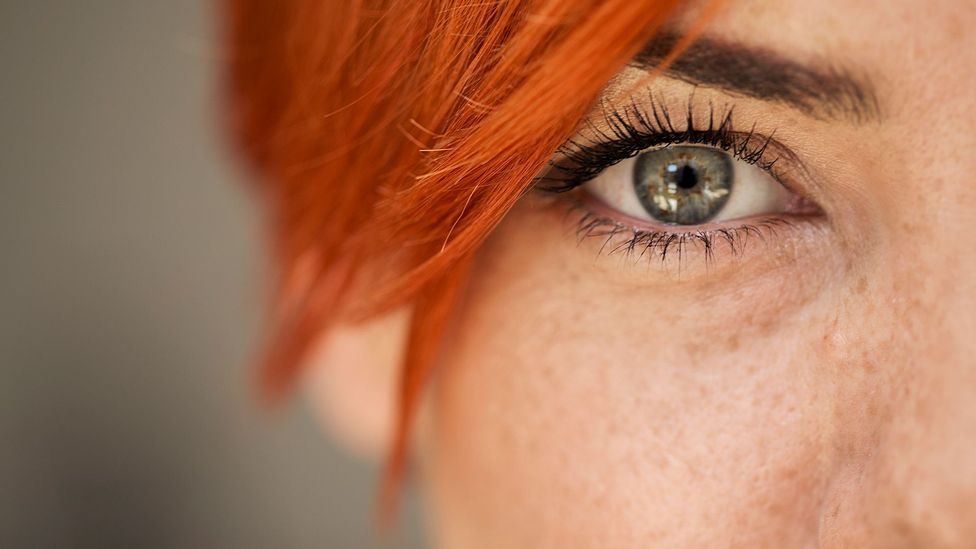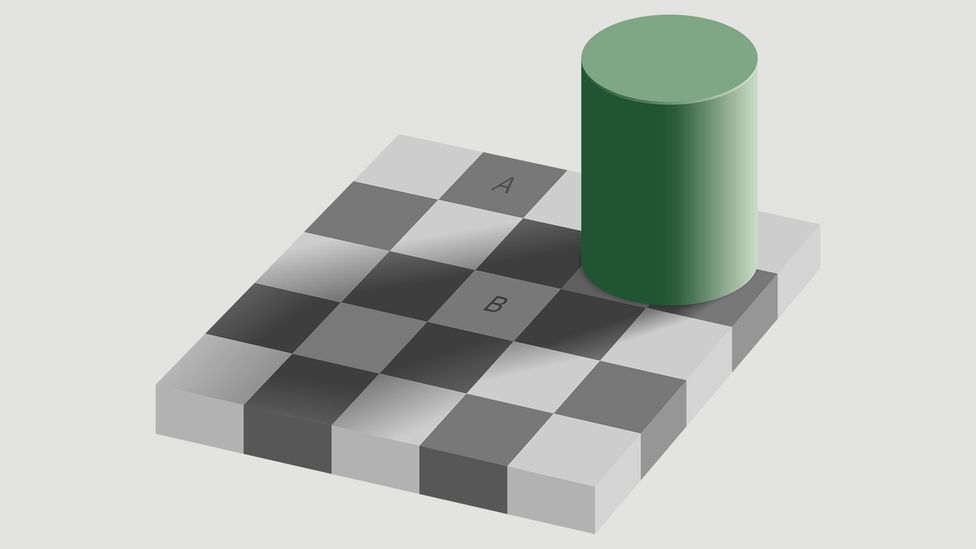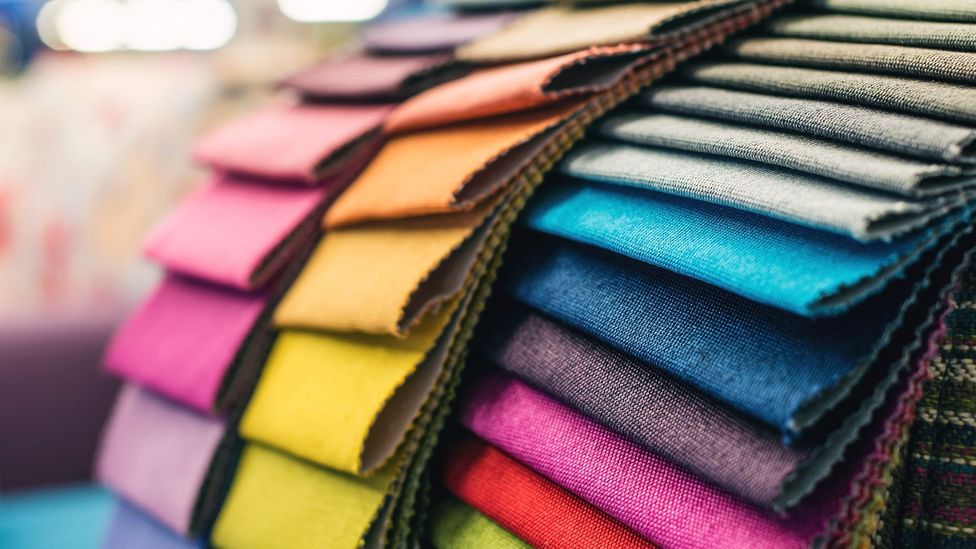The Color of Water Iin School the Kids Called Me Christ Killer or Jew Baby
The words that change what colours we meet
(Image credit:
Getty Images
)

Depending on what language you speak, your center perceives colours – and the world – differently than someone else.
T
The human heart tin can physically perceive millions of colours. But we don't all recognise these colours in the aforementioned way.
Some people can't come across differences in colours – so chosen color incomprehension – due to a defect or absence of the cells in the retina that are sensitive to high levels of light: the cones. But the distribution and density of these cells also varies beyond people with 'normal vision', causing us all to experience the same colour in slightly dissimilar ways.
Besides our individual biological make up, colour perception is less nearly seeing what is actually out there and more about how our brain interprets colours to create something meaningful. The perception of colour mainly occurs within our heads then is subjective – and prone to personal experience.
Y'all might also similar:
• Exercise nosotros all encounter the same colours?
• The 'untranslatable' emotions yous never knew y'all had
• How the colour ruby-red warps the mind
Accept for instance people with synaesthesia, who are able to experience the perception of colour with letters and numbers. Synaesthesia is often described every bit a joining of the senses – where a person can see sounds or hear colours. But the colours they hear also differ from case to instance.

Squares A and B are exactly the aforementioned colour – but our brains think otherwise (Credit: Wikimedia Commons)
Another example is the archetype Adelson'south checker-shadow illusion. Here, although two marked squares are exactly the same color, our brains don't perceive them this manner.
Since the twenty-four hour period we were born we accept learnt to categorise objects, colours, emotions, and pretty much everything meaningful using language. And although our optics can perceive thousands of colours, the way we communicate about colour – and the way we utilize colour in our everyday lives – ways nosotros have to carve this huge variety up into identifiable, meaningful categories.
Painters and fashion experts, for example, use colour terminology to refer to and discriminate hues and shades that to all intents and purposes may all exist described with one term by a amateurish.

Those who work with fabrics or paints discriminate shades that the rest of u.s. might lump under i category (Credit: Getty Images)
Unlike languages and cultural groups too dissever the colour spectrum differently. Some languages like Dani, spoken in Papua New Guinea, and Bassa, spoken in Republic of liberia and Sierra Leone, just have two terms, dark and lite. Dark roughly translates every bit absurd in those languages, and light every bit warm. So colours similar black, blue, and green are glossed as cool colours, while lighter colours like white, red, orangish and yellow are glossed equally warm colours.
The Warlpiri people living in Australia's Northern Territory don't even accept a term for the discussion "colour". For these and other such cultural groups, what nosotros would call "colour" is described by a rich vocabulary referring to texture, physical sensation and functional purpose.
Remarkably, about of the earth'southward languages accept five basic color terms. Cultures as diverse as the Himba in the Namibian plains and the Berinmo in the lush rainforests of Papua New Republic of guinea employ such v term systems. As well as night, light, and carmine, these languages typically take a term for yellow, and a term that denotes both bluish and light-green. That is, these languages do not take separate terms for "green" and "blue" but use one term to describe both colours, a sort of "grue".

In Papua New Guinea, the Berinmo people use a single give-and-take to announce both blue and green (Credit: Getty Images)
Historically, Welsh had a "grue" term, namely glas, every bit did Japanese and Chinese. Present, in all these languages, the original grue term has been restricted to blue, and a separate green term is used. This is either developed from within the language – equally is the case for Japanese – or through lexical borrowing, as is the example for Welsh.
Russian, Greek, Turkish and many other languages as well have two separate terms for blue – 1 referring exclusively to darker shades, and 1 referring to lighter shades.
The way we perceive colours can as well modify during our lifetime. Greek speakers, who have two cardinal color terms to describe light and dark blue ("ghalazio" and "ble"), are more prone to run across these 2 colours as more similar after living for long periods of time in the UK. At that place, these ii colours are described in English past the same fundamental color term: blue.

Greek speakers accept carve up words for shades of blue – and run across those shades every bit more different than do English speakers (Credit: Getty Images)
This is considering later on long term everyday exposure to an English-speaking environment, the brain of native Greek speakers starts interpreting the colours "ghalazio" and "ble" as part of the same colour category.
But this isn't just something that happens with color. In fact different languages can influence our perceptions in all areas of life. In our lab at Lancaster Academy nosotros are investigating how the use of and exposure to unlike languages changes the way we perceive everyday objects. Ultimately, this happens because learning a new language is like giving our brain the ability to interpret the world differently – including the way we see and process colours.
This article originally appeared on The Conversation, and is republished under a Creative Commons licence.
Bring together 600,000+ Future fans by liking us on Facebook , or follow us on Twitter , Google+ , LinkedIn and Instagram
If you liked this story, sign upwardly for the weekly bbc.com features newsletter , called "If You Only Read vi Things This Calendar week". A handpicked selection of stories from BBC Future, World, Culture, Capital, Travel and Autos, delivered to your inbox every Friday.
Source: https://www.bbc.com/future/article/20180419-the-words-that-change-the-colours-we-see
0 Response to "The Color of Water Iin School the Kids Called Me Christ Killer or Jew Baby"
Post a Comment